A Top Mathematical Model for continuous improvement of All Self-Defense methods
- Gil Peleg

- Apr 27, 2022
- 14 min read
Updated: Jun 16, 2022
In this article, we discuss the possibility of continuous improvement of different self-defense methods through combinations of effective exercises from other methods. According to our assumption, this process is supposed to reduce the risk of survival in the exercise and increase the trainee’s benefit from the exercise. When an ultimate goal is through the investment of minimal time in the trainee's learning to bring him to higher survival achievements than if we were to work on one exercise or another using only a certain method of self-defense. In this article, we will try to answer questions such as: What are built-in and controllable risks of self-defense exercises? What made me take the Markovich Model to describe the risk of survival in one assault incident or another? What is the level of benefit for the trainee in a particular exercise? How is the Markovich Model applied to measuring the improvement of a self-defense method?
What are built-in and controllable risks of self-defense exercises?
In this article, we refer to the two levels of risk that exist in the technical execution of one exercise or another, built-in risk and risk in control. When they both, together create a general level of risk for survival in an assault event. We assume that the more complex the exercise, the higher the overall risk of survival. The goal is to reduce it! The following are the main definitions and differences between built-in risk and controlled risk:
Built-in risk - is the natural level of risk inherent in the process of performing a particular exercise, which cannot be reduced, no matter who performs it and at what level the exercise will be performed! That is, it is a minimal risk of injury that an average-skilled person expects when performing one exercise or another.
Controllable risk - is the probability that can be controlled through many repetitions of the exercise in appropriate groups; In a realistic and appropriate method of self-defense; Through realistic scenarios and appropriate psychological preparation, etc...
To reduce the risk of built-in survival below its natural level, we suggest using a combination of different self-defense methods such as Krav-Maga and Jiu-Jitsu, Krav-Maga and KALAH, Wrestling, and KALAH. When, we assume that the greater the differences between the methods, the more effective the self-defense method will be created. That is, it will make it possible to reduce the risk of built-in survival, and increase the level of benefit from learning one exercise or another for the trainee. As a result, we propose a mathematical model for the risk assessment of Markovich, which can be applied for the purpose of the risk assessment mentioned above. In our opinion, the model refers to a number of important parameters such as built-in risk; Risk in control; Benefit of a trainee in a particular exercise. When investing time in one particular exercise or another is a bottleneck for a Trainee and Coach.
What made me take the Markovich Model to describe the risk of survival in one assault incident or another?
After many comments from professionals in the field of self-defense in general and applicable martial arts in particular who deal with the threat of a gun, knife, stick, etc ... and who claim with reason: That in every exercise there is a risk, and benefit to the trainee at this risk! When, in each exercise and in each applied method it is required to spend t, t+, or t++ hours, and each self-defense exercise usually consists of components specified below from A to C inclusive. When inclusive sections A to C can be brought to maximum improvement and still remain at a higher level of risk for built-in survival and a lower level of benefit for the trainee. Due to a certain threshold, or saturation of the method, this does not allow further improvement, no matter how many hours we spend. However, in our opinion, this problem can be overcome, and as a result, we have decided to write a reference to this problem by proposing a continuous improvement of self-defense methods through combinations of essentially opposite methods. When we propose section D below, this should provide a solution to this problem. Reduce the risk of survival and increase the benefit of the exercise for the trainee. All this by investing T = t+ hours, i.e. during additional and optimal study time of the trainee, which is designed to reduce the risk of survival and increase the benefit of a particular exercise. Sections A to D are presented below when section D intended to reduce the built-in risk of survival and increase the benefit of a particular exercise for the trainee.
Section A: Appropriate psychological preparation for the environment.
Section B: Appropriate physical preparation for the environment.
Section C: Mentally preparation for the Environment.
Section D: Reducing the risk of survival, by a combination of alternative exercises, and as a result, the creation of an improved style.
Let me explain what is meant by reducing the risk of survival and the increasing benefit of a particular exercise. Exercise A can be more dangerous than Exercise B, but in Exercise A the benefit of the exercise for the trainee is higher than in Exercise B. What does the benefit of the exercise mean for the trainee? An explanation of the benefit of the exercise for the trainee is a cornerstone in separating different methods of self-defense. For that matter, the Krav-Maga, the KALAH, the Kali, the Dennis Survival, the Russian combat SAMBO, and more ... other applied methods in self-defense. Each of the methods gives a subjective solution to various problems that arise in tactical self-defense against knife, pistol, stick, and more ... When, it is clear to us that in each essentially homogeneous exercise (say stabbing a knife from above frequently) different solutions based on the method philosophy. In any homogeneous exercise, there is a risk that cannot be reduced and the level of benefit for the trainee in the exercise is different in each and every method.
What is the level of benefit for the trainee in a particular exercise?
To explain the level of benefit for the trainee in a particular exercise, let’s take an example from Krav-Maga. We will analyze a self-defense exercise against a knife attack from above frequently. It is clear that the ultimate benefit for a trainee in the Silat method is higher in this specific exercise, and why? This is a method that went through decades of wars and their main weapon was a knife and stick. When, from an application point of view, it takes many more study hours than an Israeli Krav-Maga method, the self-defense technique in this event is a banal braking and neutralization blow. The following is a theoretical example that describes two different learning curves for a homogeneous exercise in terms of its essence, let’s say self-defense against a knife.
Video 1 - above shows two learning curves where the horizontal axis constitutes time t invested in learning and a vertical axis describes benefit E(t) for a trainee from this exercise. When a red curve describes the Krav-Maga method and a blue curve describes the Cali method. It is clearly seen that at points A and B a benefit in the Krav-Maga method is higher, i.e. an easy exercise for learning. At point C the benefits are equal because a trainee of the Cali method learned the exercise at the same level of self-defense as a trainee of an Israeli Krav-Maga. Below we clearly see that the Krav-Maga curve reaches saturation, i.e. the benefit stops at a horizontal line, although the benefit from the exercise of the Cali method continues to rise to point D.
There is no doubt that the Krav-Maga method is easier to learn than the Kali method, but the question is in the final benefit for the trainee, i.e. after a training time T = t++ (certain excess time). What will work in the field given the constraint of a certain learning time, say two weeks? And if we assume we only invest t limited hours of study of the Kali method and those t hours on the Israeli Krav-Maga method, then it is clear that the benefit for a Kali student was lower, because it takes more study hours! So an interesting question arises, what if we would increase study hours in two methods simultaneously to see the results in a risk of survival in both?
Sample analysis of opposing methods in the technique and their combination
The Kali is a very technically complex method relative to the Israeli Krav-Maga method, due to which solving the same problem of self-defense against the knife requires much more training hours. As a result, the risk of survival in investing limited and equal time between an Israeli Krav-Maga and the Kali is completely different! That is, by investing limited t hours of study in a particular Krav-Maga exercise, a higher benefit can be obtained than from performing the same exercise using the Kali method. So let's analyze the situation, increase the number of hours invested in these two methods, and then we will find that at some point the benefit of the Kali method increases, and the risk of survival, in performing the exercise is reduced to a level of built-in risk of survival. That is, it is still high due to the risk in the method, and here the question arises of how to combine the two methods to reduce the weighted risk of survival to the possible minimum? Also, the next question is how to increase the weighted benefit to the maximum possible? To answer the questions above, we will present another example to illustrate it by combining methods of self-defense that are technically contradictory in nature, i.e. barely performing a homogeneous exercise can be obtained through their hybridization, i.e. creating a more effective exercise where overall benefit from the exercise increases for the trainee In a dangerous method (Kali). Mathematically, this is a classical numerical optimization of the Markovich model.
Reducing the risk of survival through section D
You will ask the next question, it is still not clear why the Markovich model? And the answer is simple, the model claims that if we take for this purpose only a Krav-Maga technique for self-defense against the stabbing of the knife, then in this technique is a certain risk of survival that cannot be reduced below the minimum after performing approaches (sections) A to C inclusive. That means that you can make the ultimate psychological, physical, and mental preparations and still be left with a built-in minimal risk of survival that cannot be reduced. On the other hand, if approach (section) D is added, then the result is an investment of excess time, albeit relative to a lighter applied method, but a significant reduction in risk of survival in a dangerous method such as Kali, and an increase in the average benefit from the new exercise for the trainee. The following is a numerical illustration of the proposed model for continuous improvement of each existing method through effective combinations with other methods.
A numerical example to illustrate the application of the Markovich model for the continuous improvement of various methods of self-defense
To illustrate the effectiveness of applying the Markovich model in the continuous improvement of various self-defense methods, we will demonstrate its application in a numerical exercise below. I.e. the data of two different self-defense methods A and B. When it is known that a benefit expectancy for a trainee and a standard deviation of the risk of survival in a particular exercise (say: self-defense against a frequent stabbing knife from above) are shown in Table 1 below.
B | A | The different methods of self-defense |
0.25 | 0.1 | Benefit expectancy for the trainee |
0.4 | 0.2 | Standard Deviation of survival risk |
Table 1 - describes the risks and standard deviations of methods A and B.
We know that A and B self-defense methods can be technically different from each other. When the difference in the technique is described using the statistical parameter correlation ⍴ (in this example they are predetermined). To illustrate the effect of a correlation parameter between different methods we will use four different numbers. When a correlation is equal to 1, 0.5, 0, and minus 1. Also, suppose different Coaches assemble a new exercise using methods A and B in different compositions. That is, each of them takes a certain proportion from method W(A) and a certain proportion from method W(B). When summing these two proportions is always equal to 1. Table 2 below shows examples to illustrate the proportions of assembling new exercises from two different methods A and B.
W(B) | W(A) | New exercise |
0 | 1 | 1 |
0.2 | 0.8 | 2 |
0.33 | 0.67 | 3 |
0.6 | 0.4 | 4 |
1 | 0 | 5 |
Table 2 - describes the division of proportions from methods A and B to create a new exercise from 1 to 5 inclusive.
After assembling new exercises coaches were able to get impressive results of a significant reduction in the risk of built-in survival. That is the same risk that could not be reduced by constantly improving a particular method only. But by combining the different methods Figure 1 was obtained below.

The image above describes the application of the Markovich model in the field of self-defense, where the horizontal axis constitutes a risk of survival in a particular exercise and the vertical axis constitutes the level of benefit from the exercise for the trainee. We see two rectangular columns depicting the built-in risk of survival in methods A and B, and the level of benefit for the trainee as also indicated in Table 1. When after the application of the Markovich model, which describes the different trainers and their attempt to assemble a new exercise based on two different and opposite methods of Self-Defense. Each teacher takes a different proportion from Method A and Method B. When the result is a reduction in built-in risk level for a particular trainee. To illustrate the point, we will analyze points on diagrams A, B, C, and D. When, one sees that a graph has a very negative correlation, i.e. ⍴ = -1 is better than a graph where ⍴ = 0. A graph with a correlation ⍴ = 0 is better than a graph where ⍴ = 0.5, and a graph with a correlation ⍴ = 0.5 is better than a graph where ⍴ = 1. And what does that mean? The more negative the correlation, the more it causes an almost zero reduction in the built-in risk of survival in the exercise, with the average benefit level for the trainee being equal to E=0.15, i.e. for each specified graph.
To illustrate calculations performed during the creation of Figure 1, below we presented two formulas of the Markovich model for calculating the weighted benefit of the trainee and the risk of survival. We have solved a specific case where correlation ⍴ = 0.5, and proportions of different methods in a new exercise are W1 = 0.4 and W1 = 0.6, and benefits for the trainee for each method E(A)=0.1 and E(A)=0.25. See Tables 1 and 2.
Eq.1 - for calculating the weighted benefit of the trainee:

Eq.2 - for calculating the risk of survival in a new exercise:

The rest of the calculations of average benefit expectancy and standard deviation (weighted survival risk in the new exercise) are absolutely identical to those presented above. As a result, Table 3 of the final calculations for the creation of Figure 1 is attached below.

Conclusions: A Top Mathematical Model for continuous improvement of All Self-Defense methods
In this article, we have discussed the possibility of continuous improvement of different self-defense methods through combinations of effective exercises from other methods. According to our assumption, this process is supposed to reduce the built-in risk of survival in the exercise and increase the trainee’s benefit from the exercise. When an ultimate goal is through the investment of minimal time in the trainee's learning to bring him to higher survival achievements than if we were to work on one exercise or another using only a certain method of self-defense. In this article, we have tried to answer questions such as: What are built-in and controllable risks of one self-defense exercise or another? What made me take the Markovich model to describe the risk of survival in one assault incident or another? What is the level of benefit for the trainee in a particular exercise? How is the Markovich model applied to measuring the improvement of a self-defense method? After an in-depth analysis of all of these factors, we have come to the conclusion that Markovich's risk assessment model provides a perfect scientific basis for analyzing various events in the areas of self-defense. A model that can reduce the subjective factor in the analysis of one event or another, and add objective features from the world of mathematics, statistics, and exact science. We at the Fitness Warriors Club offer the application of this model in the field of risk assessment during the creation of such and other self-defense exercises for advanced schools and experts in the field.
Written by Gil Peleg.
Professional consultant in Krav-Maga Mark Fesler.
Dear friends, I invite you to read more about applicable Self-Defense in our Group below:
Dear friends, SUBSCRIBE to the Fitness Warriors Club's blogs page, and be the first to read new articles on the issues of Self-Defense:
What does the training equipment of the Self-Defense trainer include?
Following the history of the method, great importance is attached to the formation of functional muscles. On the one hand, it is necessary to work on speed and agility in movement, and on the other hand, to develop muscles to increase strength and power. To succeed in this task: Need to work with small weights, many reps in each set; Also combine with strength training, it is advisable to consult with a trainer so as not to damage the muscle ligaments; It is recommended to work with a wrist expander and rubber for dynamic loading; With heavy training rope; a lot of reps on a heavy and light boxing bag; With a punching bag, etc ... It is imperative to practice throwing, choking, blocking, kicking and punching. Punches and knees on the trainer's abdomen may only be performed with suitable and safe belly protectors! In the tactical training of Krav-Maga, rubbery equipment is used like knives, padded sticks, etc... One needs to use equipment that has passed strict safety tests. When signing up for a club, check if their gym floor is well protected and if there is a suitable protective pad against falls, throws, etc. Below is a list of the recommended trainer equipment when teaching Self-Defense:
How important is personal protective equipment when practicing Self-Defense?
Good schools understand the importance of protective equipment when teaching martial arts in general and in combat in particular. Demonstrations and battles are not allowed without appropriate protective equipment! These are usually inexpensive shields compared to the physical damage they prevent. Also, there is no insurance without protective equipment! When striking a punching bag, be it a jab, cross, hook, or uppercut, boxing gloves should be used. It is recommended for full contact to use a body protector that maintains the integrity of the ribs. Also, shields for the head, teeth, groin, and legs are recommended.
It is very important to practice Self-Defense using rubber training knives and even more important during training to wear appropriate protective equipment: such as glasses designed to protect the eyes; a body protector; a Head guard against receiving an unwanted blow. The following is a list of recommended equipment for knife defense studies:
With what equipment is it recommended to practice Self-Defense at home?
To learn Self-Defense, one needs to practice the same thing, many times over. This is not a theoretical area compared to other martial arts where one can learn from a trainer by watching directly through a computer. So practice and interaction are of the utmost importance. Although, it is worth it and even recommended to work at home on punches and kicks, strength training, etc. For this purpose, it is possible to purchase minimal personal equipment that does not take up much space at home. Prepares physically for classes in the section. It also improves the following parameters: Strength, flexibility, cardiopulmonary endurance, and more.
Using a yoga mat, abdominal muscles can be improved; Training weights are to improve muscle strength; Using an adjustable strength bench can strengthen chest muscles by lifting weights; A free-standing punching bag is a perfect solution for punching and kicking improvement at home ... Below is a list of recommended equipment for home exercise:
Home training is recommended to be performed under the supervision of a certified trainer. It is recommended to avoid exercising alone at home!
How important is cardiopulmonary endurance in Self-Defense workouts?
First of all, this is health, and secondly, in a battle that does not end in a short time, the one who has cardiopulmonary endurance wins. To improve cardiopulmonary endurance, it is recommended to take brisk walks, combined with running, to increase and decrease the pace. These runs can be done outdoors, on the coast, on a Treadmill, or on a Home spinning bike. Recommended: Wear suitable shoes while running, and document and monitor your calorie burn and heart rate with your Smartwatch. Also, with the help of this it is very easy to see improvements in cardiopulmonary endurance, In fact, all your actions are recorded using a computer, and there is a training history. The following is a list of recommended personal equipment for home workouts, for developing cardiopulmonary endurance, and for monitoring and controlling progress:
Home training is recommended to be performed under the supervision of a certified trainer. It is recommended to avoid exercising alone at home!
Amazon's affiliate program - Fitness Warriors Club is participating in Amazon's affiliate program through the Website & through professional blogs where there are links to products marketed on Amazon. Fitness Warriors Club is not responsible for any economic and operational activities related to this program as for the refund of any payments regarding this program. All these issues will be settled with Amazon.



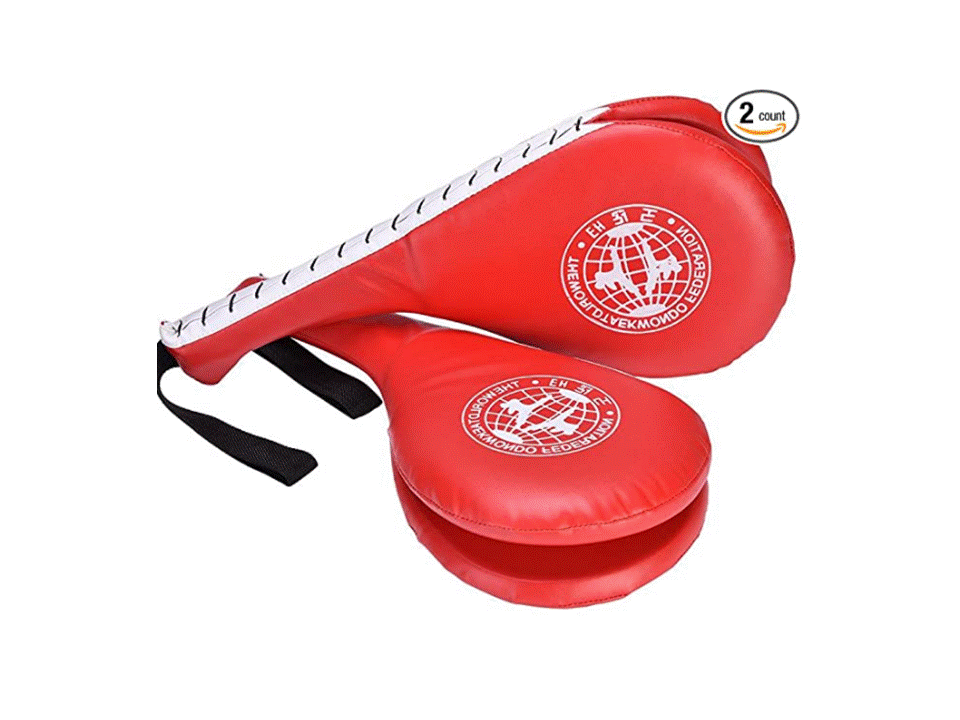


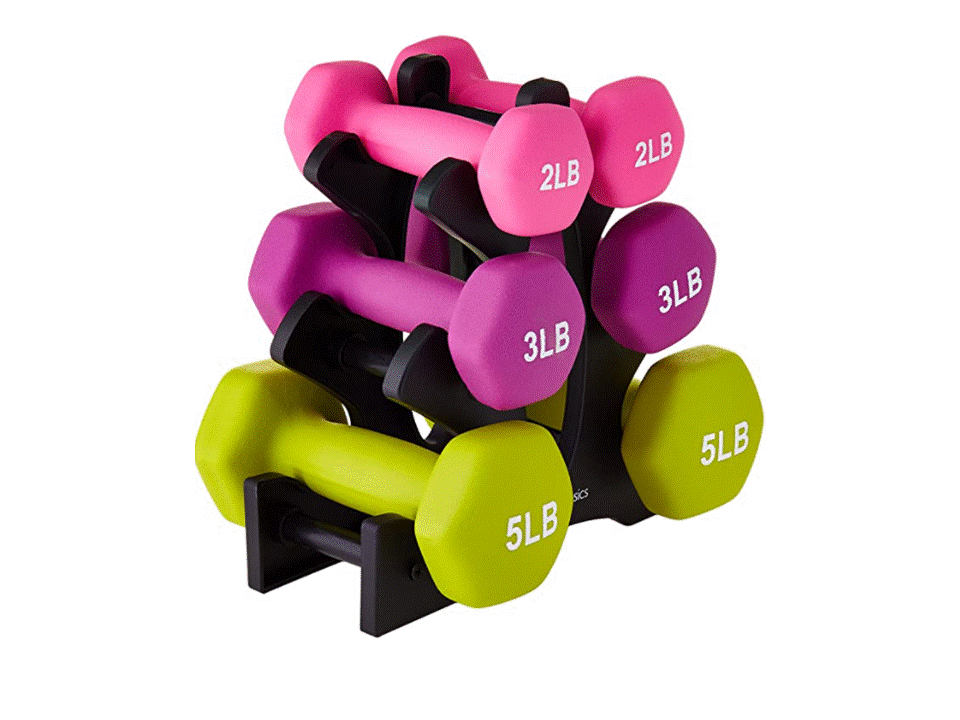
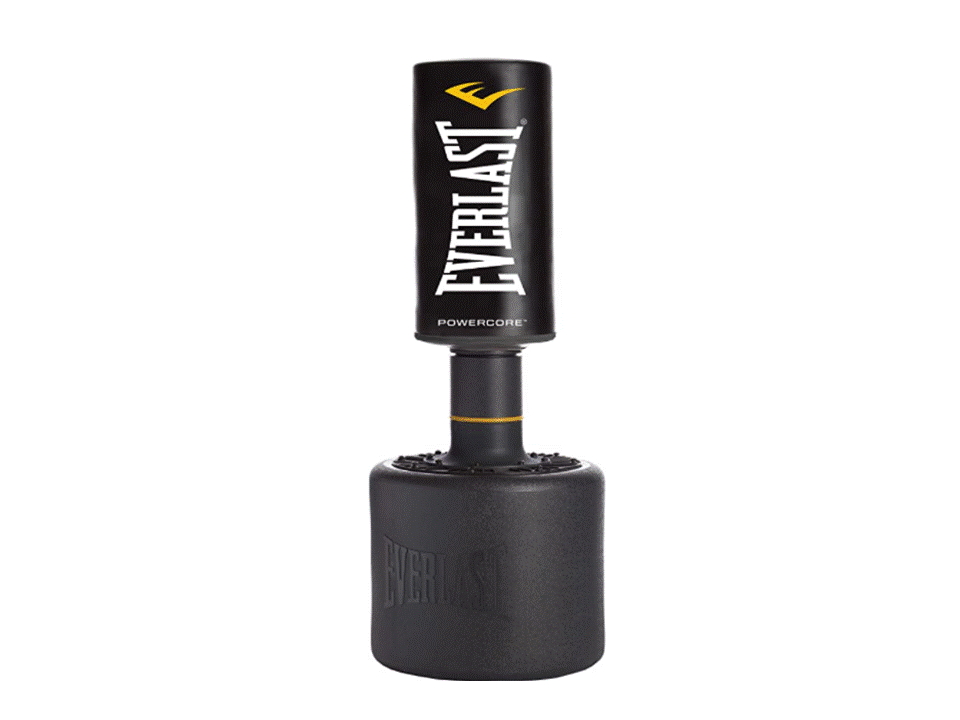
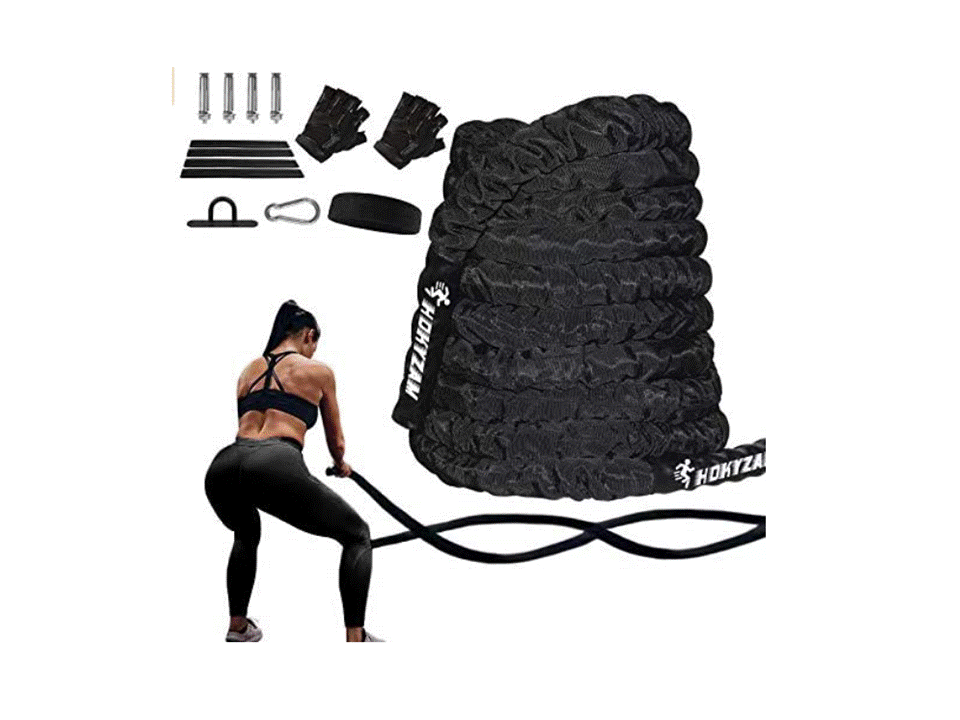












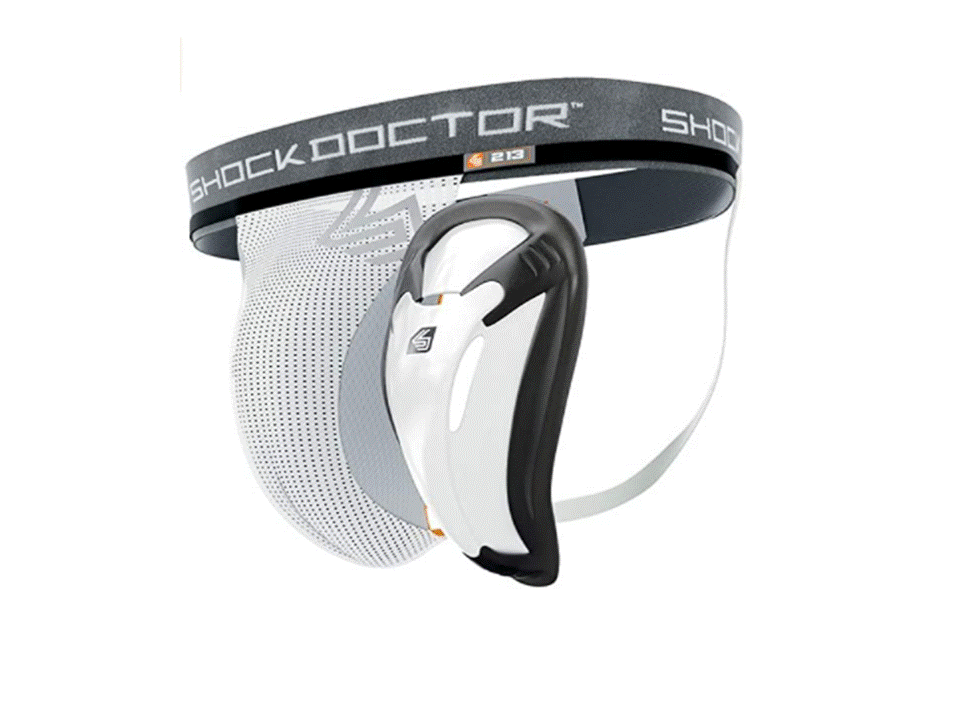
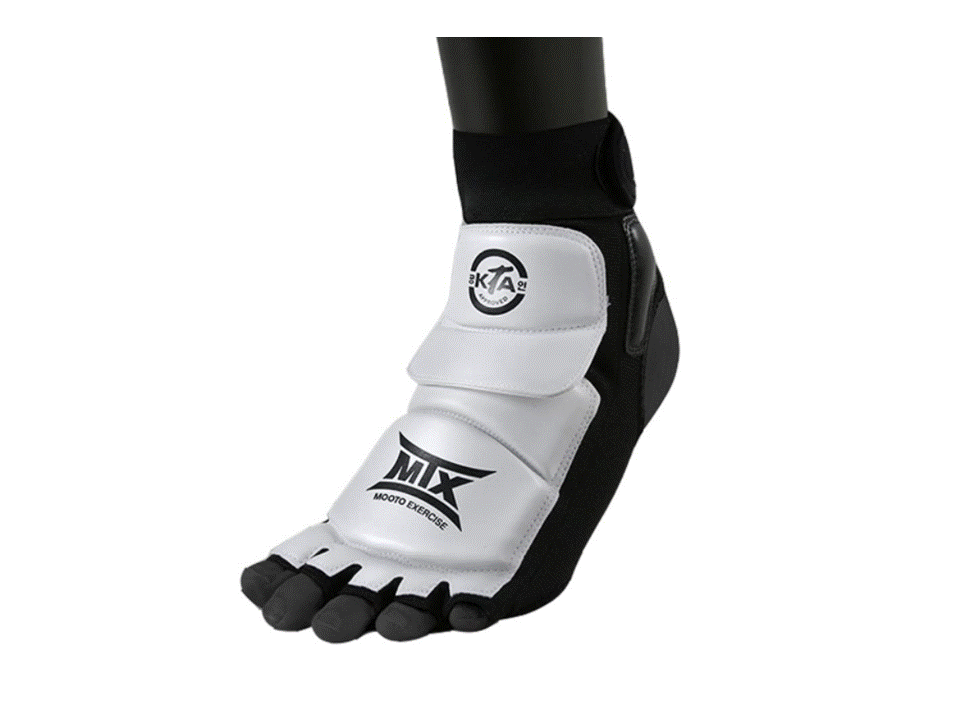
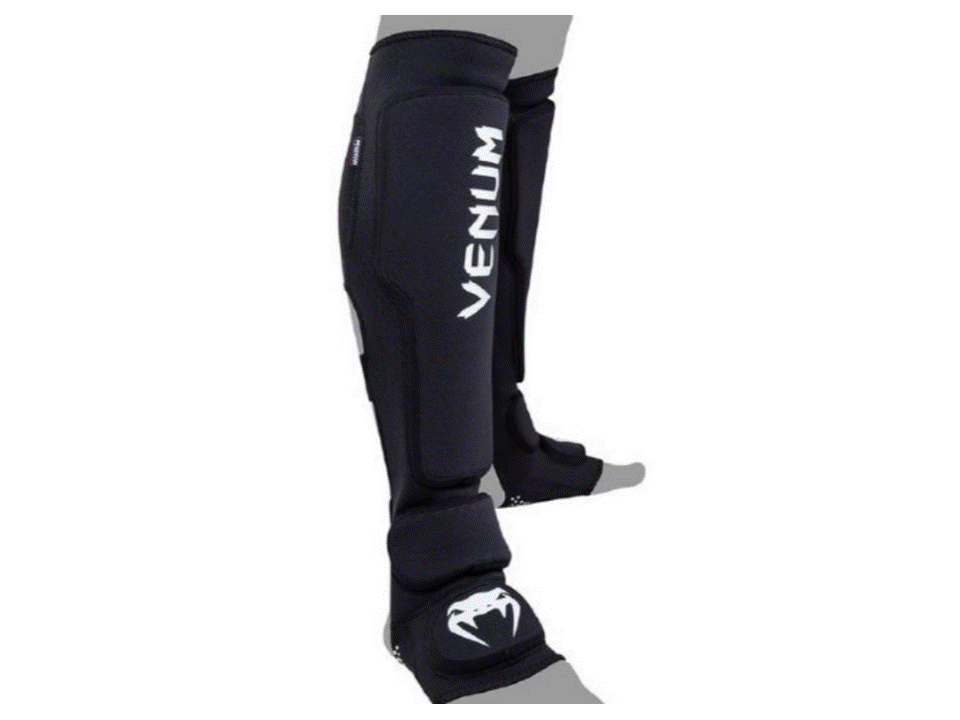
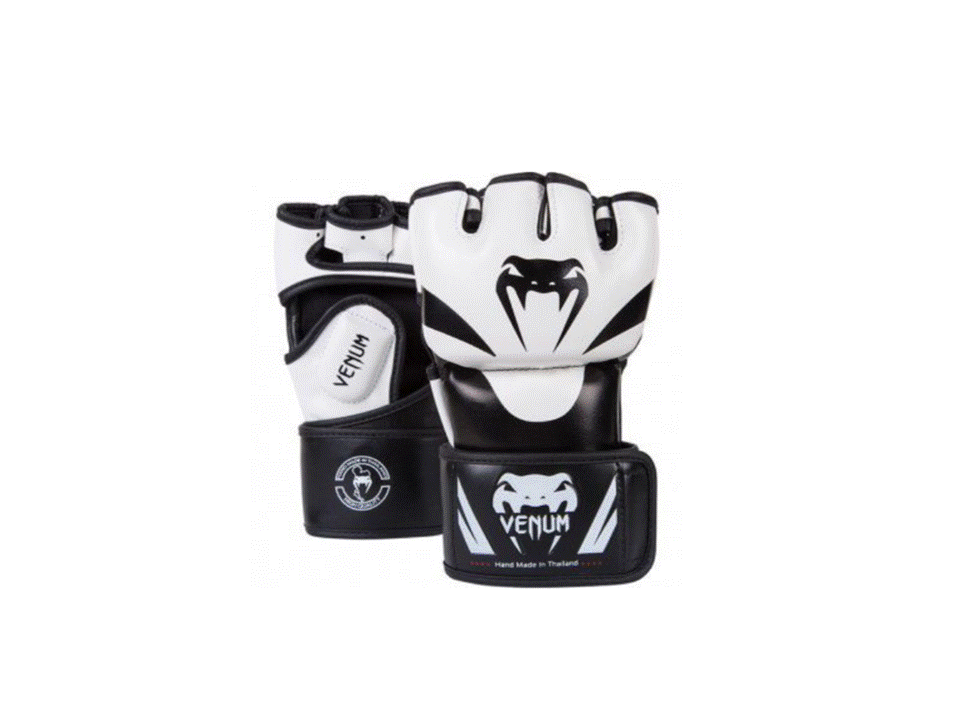

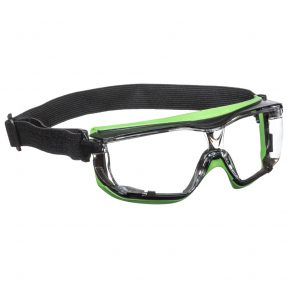










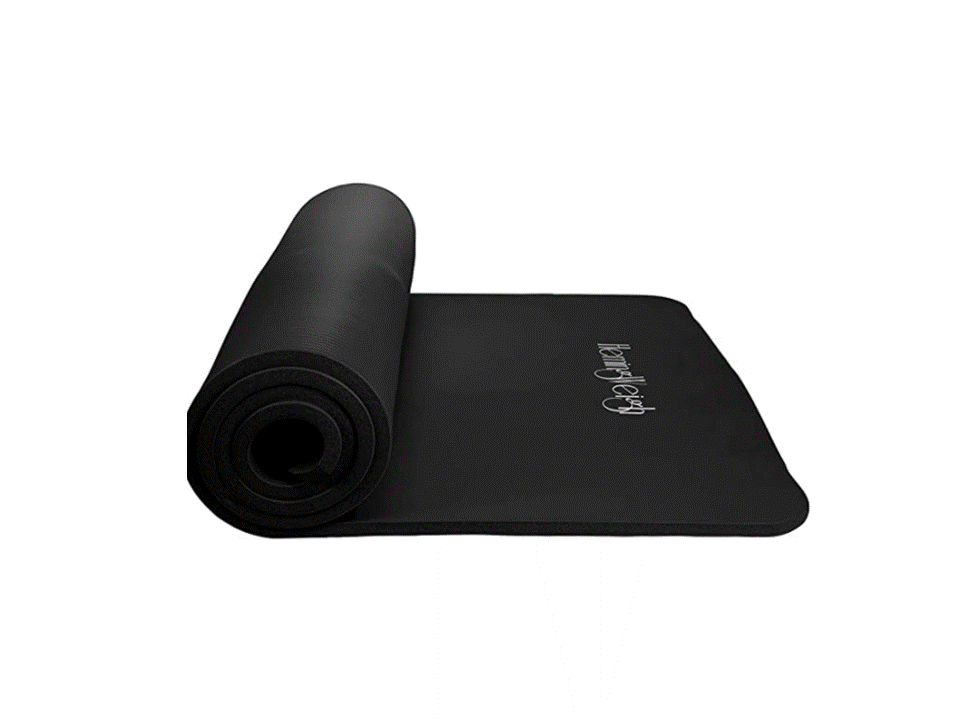
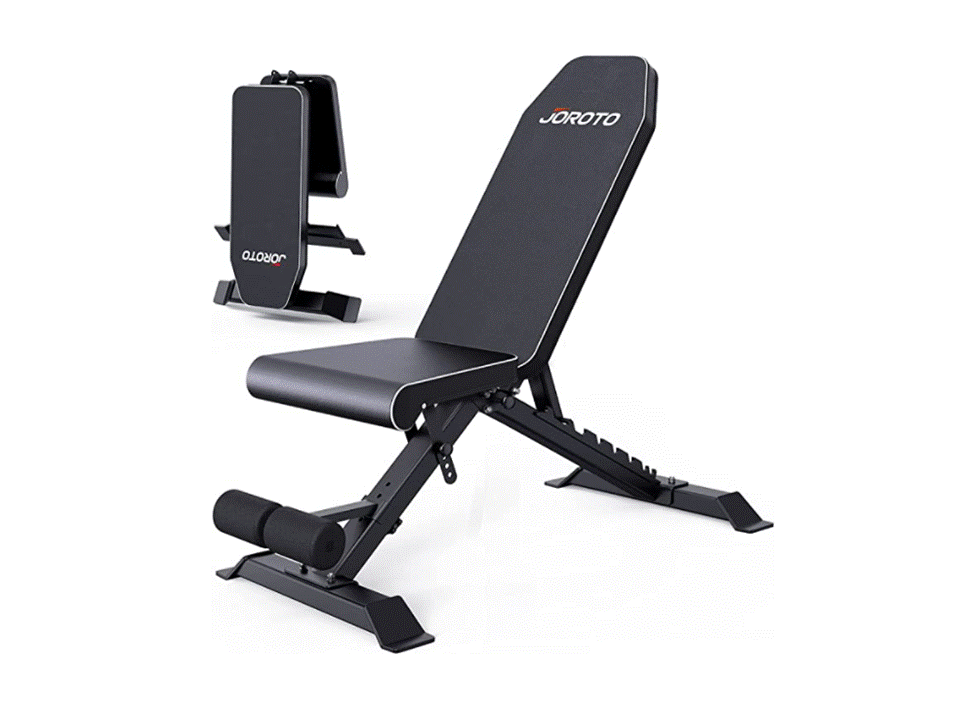












Comments